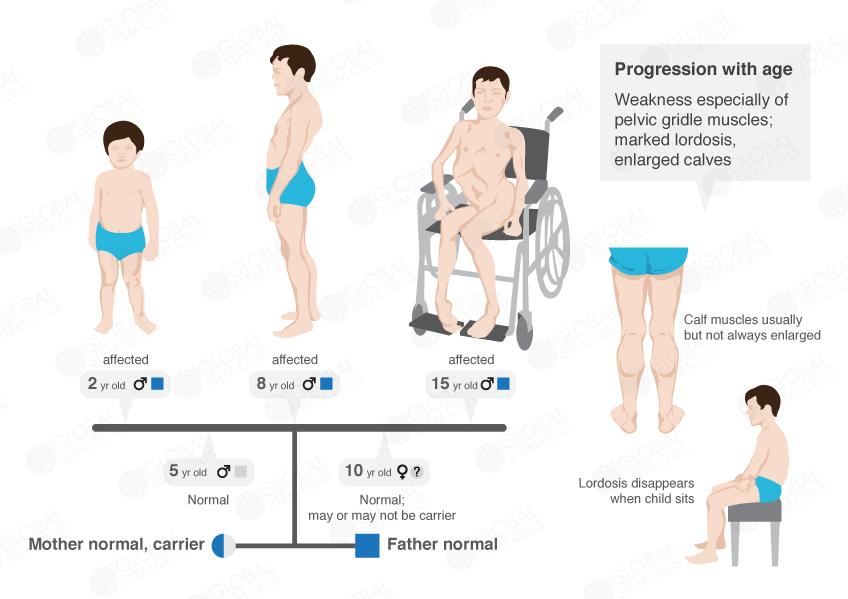The term Muscular Dystrophy groups together many genetic conditions which lead to the progressive weakness and gradual weakening of skeletal muscle. Muscular Dystrophy (MD) is one of those rare diseases whose origins can be attributed squarely to heredity. The progressive nature of this disease means that it gets worse with time.
World Muscular Dystrophy Awareness Month, which is observed in September, provides an ideal forum for health professionals to provide education and create greater awareness of MD while at the same time providing persons living with the disease and their families a suitable environment to discuss gains made and look into better ways of managing the disease. Families and health organisations are expected to actively participate through all available media and events to help raise awareness about Muscular Dystrophy, stressing the importance of early diagnosis and pushing for the search for better treatments.
What is Muscular Dystrophy?
Falling under the larger umbrella of Neuromuscular Disorders, Muscular Dystrophy typically affects males (1 in over 3500) and is invariably fatal. The most common form of Muscular Dystrophy is known as Duchenne Muscular Dystrophy and although boys remain the primary victims, other variations of the disease may appear in adulthood. Duchenne Muscular Dystrophy (DMD) will typically appear around the boy’s third birthday, rendering him wheelchair-bound by 12. Death normally occurs in the early to mid-twenties through respiratory complications.

Becker, another variation of Muscular Dystrophy, though less common than DMD, displays the same characteristics although it appears a bit later in life and has a slower progression. Death from Becker Muscular Dystrophy typically occurs in the mid-forties. Some of the other more common variations of the disease include Limb-girdle, Facioscapulohumeral (FSHD, most often appearing during teenage years with the disease first affecting the face and shoulders), Congenital, typically appearing before the age of 2 and also affecting girls and Myotonic, also known as Steinert’s disease, which usually shows up in adulthood. There are many other forms of Muscular Dystrophy and diagnosis by a doctor helps in the proper prescription of the appropriate medical and physical interventions necessary for the particular variation of MD in question.
The cure for Muscular Dystrophy remains elusive but its progress can be slowed down, and the symptoms somewhat muted, through various physical and medical treatments.
Symptoms associated with Muscular Dystrophy include pain and stiffness in the muscles as the disease takes hold. As it progresses a waddling gait (caused by weakness of the proximal muscles of the pelvic girdle) is evident. The nearest visual description of this walk would be a duck’s waddle. A tendency to walk on one’s toes also characterises the onset of Muscular Dystrophy. Difficulty in running and jumping quickly follow, as do the ability to stand or sit up. At this early stage of the disease learning difficulties will be in evidence.
The progressive nature of the disease will eventually rob one of the ability to walk. Breathing problems will appear and become progressively worse, necessitating the intervention of assisted breathing. Difficulty in swallowing will also appear and noticeably worsen to the point where the use of a feeding tube may be deemed necessary. Heart muscles are not immune to the march of this disease and cardiac problems are not uncommon. Muscles and tendons will shorten and an appreciable curvature of the spine may be seen when the muscles are sufficiently weakened and are unable to support its structure.
There are various Muscular Dystrophy diagnostic methods available to health professionals. These include Genetic Testing, Enzyme assay, Electromyography and heart monitoring among others.
World Muscular Dystrophy Awareness Month will provide the general public with in-depth information regarding this neuromuscular disorder, the management of its symptoms and the general outlook given the medical advances attained to date.




 English
English